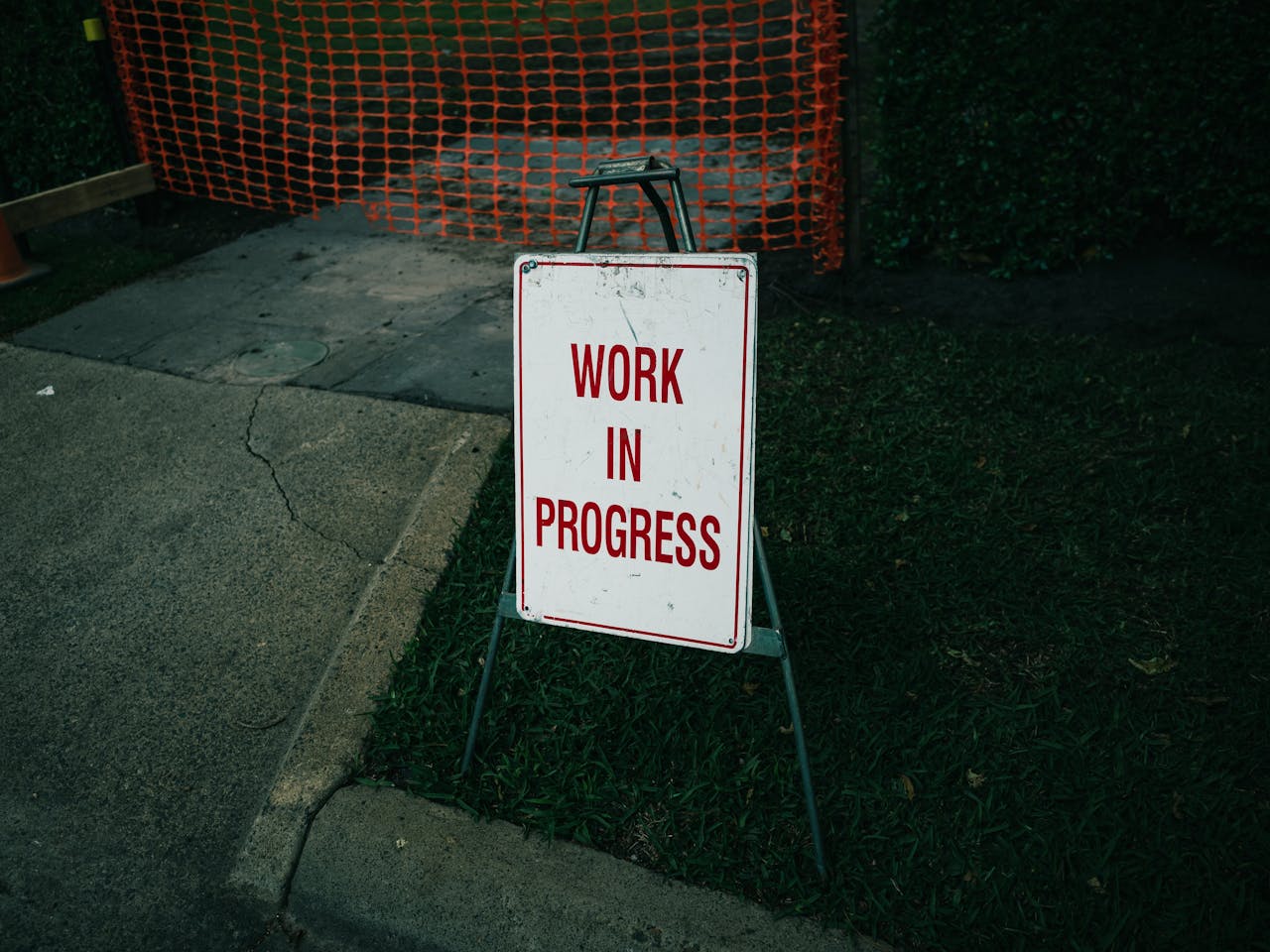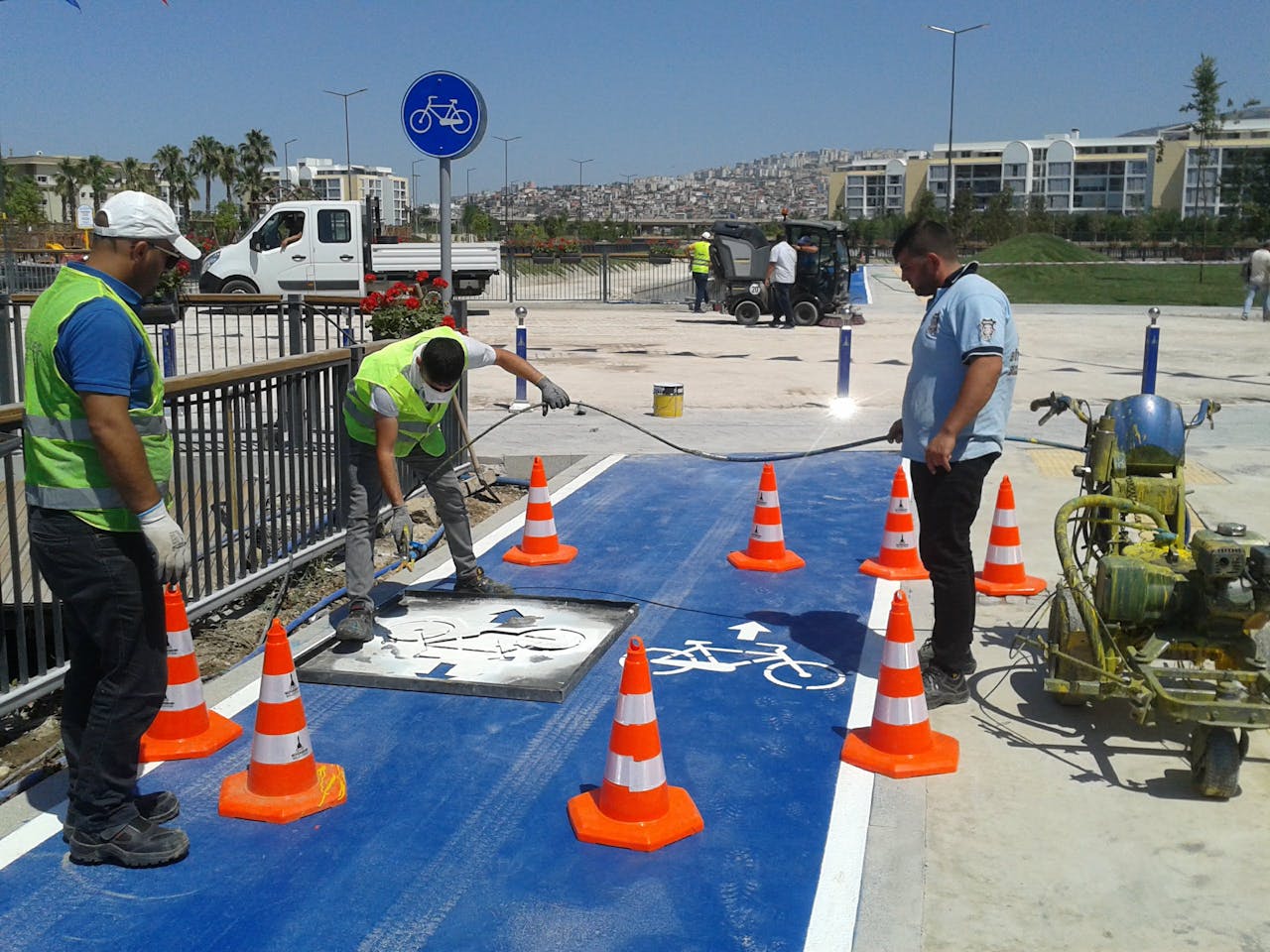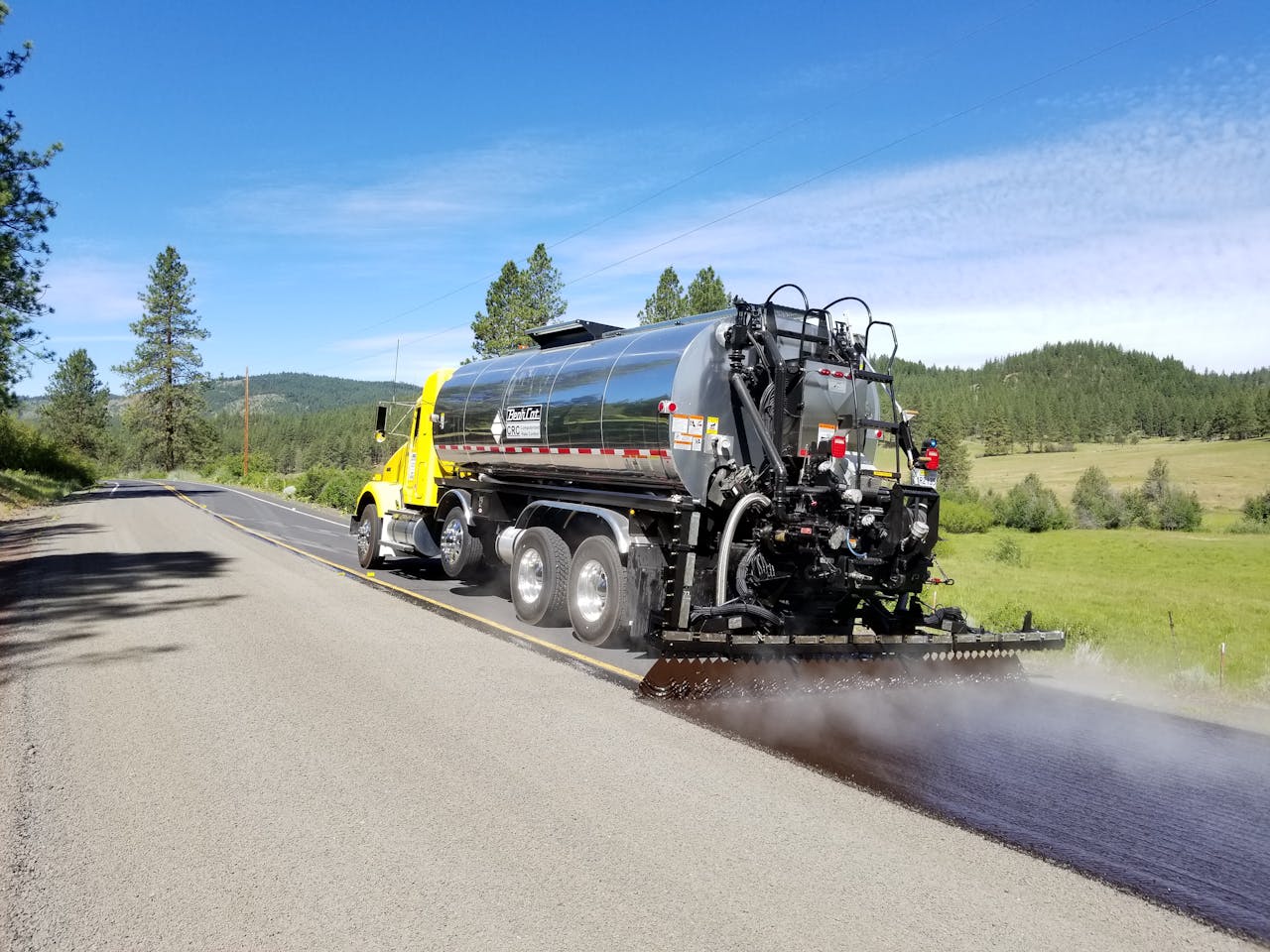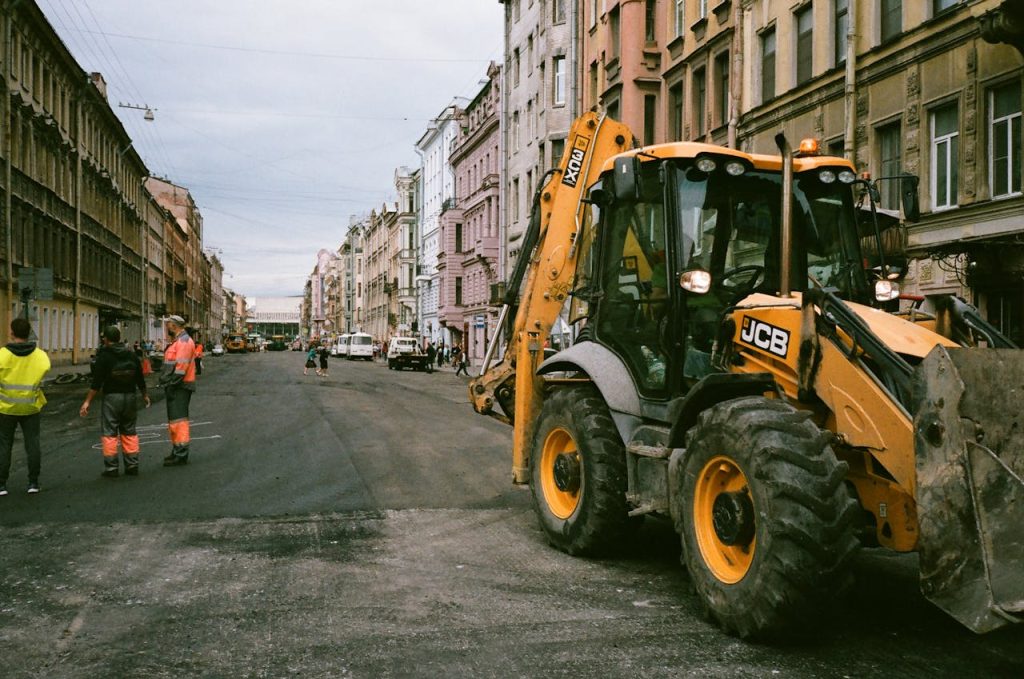Roads form the backbone of modern societies, connecting communities and powering economies. With Europe’s transport network valued at over €8,000 billion, these vital assets require careful upkeep to prevent deterioration. When neglected, crumbling surfaces and poor signage directly increase accident risks – a sobering reality given 1.1 million annual global road fatalities.
Proactive road maintenance strategies aren’t just about fixing potholes. They’re a smart financial choice, avoiding costly emergency repairs while safeguarding drivers. Studies show preventive measures can reduce long-term expenses by up to 60%, freeing funds for community projects.
We believe maintaining transport systems is a shared responsibility. The EU’s Vision Zero initiative, aiming for zero road deaths by 2050, highlights how smart infrastructure management saves lives. From advanced materials to AI-driven inspections, modern techniques make sustainable upkeep achievable.
Join us as we explore how innovative approaches keep journeys safe, support economic development, and create resilient networks for future generations. Let’s build roads that protect people first.
Key Takeaways
- Europe’s road systems hold staggering economic value, requiring strategic upkeep
- Preventative care reduces accident risks and long-term repair bills
- Modern maintenance programmes align with EU Vision Zero safety targets
- Smart asset management balances budgets with public protection needs
- Emerging technologies enable more efficient infrastructure monitoring

Understanding the Role of Road Infrastructure
Roads act as economic catalysts, stitching together towns and cities while enabling daily life. Across Europe, studies reveal 73% of workers rely on road networks to reach jobs, with rural areas benefiting most from reliable transport links. When surfaces crumble or signage fades, entire communities face isolation, a problem Spain’s Andalusia region reversed through targeted upgrades, cutting school dropout rates by 18%.
Economic and Social Contributions
Well-maintained roads boost local economies by connecting businesses to markets. Germany’s Federal Highway Research Institute found regions with superior infrastructure saw 22% faster job growth. They also provide lifelines to healthcare and education, in the UK, 1.4 million people gained better hospital access after road improvements in Yorkshire.
Enhancing Accessibility and Safety for Our Communities
Smooth surfaces and clear markings aren’t luxuries, they’re necessities. Portugal’s 2022 road audit showed villages with proper maintenance had 40% fewer accidents. Beyond safety, these networks foster social bonds. Norway’s Arctic Circle communities report stronger cultural ties since upgrading icy routes, proving infrastructure quality shapes lives beyond mere transport.
Smart asset management prevents decay before it starts. Finland’s predictive maintenance model slashed emergency repair costs by 34%, redirecting funds to community projects. We’re committed to preserving these vital systems, ensuring everyone enjoys safe, efficient travel, today and tomorrow.
The Importance of Road Infrastructure Maintenance for Public Safety
Cracked tarmac and faded markings aren’t just eyesores, they’re accident triggers. Our analysis of road safety fundamentals reveals 37% of collisions stem from preventable infrastructure issues. Proactive care addresses these risks before they escalate.
Reducing Accidents Through Preventive Strategies
Sweden’s transport agency found regions using scheduled resurfacing cut night-time collisions by 28%. Three tactics make this work:
- Sealing cracks within 48 hours of detection
- Refreshing road markings every 18 months
- Clearing drainage systems before rainy seasons
These measures prevent minor flaws becoming major hazards. In Australia, roads with delayed repairs saw 12% more accidents than those maintained promptly.
Managing Wear and Tear Effectively
Every £1 spent on preventive upkeep saves £6 in emergency repairs, according to UK highway data. Modern asset management systems help:
- Predict deterioration patterns using traffic volume data
- Prioritise routes based on usage and risk factors
- Track repair effectiveness over 5-year cycles
Oregon’s transportation department slashed pothole-related claims by 41% using this approach. Let’s keep our roads smooth and budgets smarter, because well-maintained surfaces protect people while saving public funds.

Optimising Asset Management and Preservation
Effective stewardship of transport networks demands both precision and foresight. Modern asset management blends engineering expertise with financial planning, creating systems that outlast political cycles. The European Union Road Federation’s Manifesto champions this approach, showing how timely interventions slash lifetime costs by up to 45%.
Applying Engineering and Financial Practices
Smart maintenance programmes use predictive analytics to schedule works when they deliver maximum value. Belgium’s Flemish region extended road lifespans by 12 years through strategic resurfacing cycles. Three principles guide success:
- Aligning repair schedules with traffic pattern forecasts
- Budgeting for preventative rather than reactive measures
- Integrating wear-and-tear sensors into existing equipment
Balancing Investment with Long-Term Savings
Netherlands’ Rijkswaterstaat agency proves early spending pays dividends, their €1.2bn annual maintenance budget prevents €7bn in potential reconstruction costs. Key strategies include:
- Using ground-penetrating radar to detect subsurface weaknesses
- Coordinating utility works with surface renewals
- Training crews in multi-skilled repair solutions
Public-private partnerships amplify these benefits. When Lancashire County Council teamed with local contractors, they reduced lane closure durations by 37%. Our shared goal? Building road networks that withstand decades of use while keeping communities connected safely.
Utilising Technology for Enhanced Maintenance Efficiency
Cutting-edge tools are redefining road upkeep in the digital age. Our teams now deploy smart systems that predict pavement wear before cracks appear. These innovations turn reactive fixes into strategic interventions, keeping communities moving safely.
Real-Time Monitoring and Data Analytics
Live sensor networks track traffic patterns and surface conditions across entire regions. In Texas, highway authorities reduced pothole complaints by 52% using vibration-detection technology. Three game-changing benefits emerge:
- Automated alerts prioritise urgent repairs
- Historical data models future maintenance needs
- Cloud-based dashboards coordinate field crews
Predictive algorithms transform how we manage equipment. Michigan’s transport department slashed unplanned downtime by 68% through AI-driven part failure forecasts. Mobile apps streamline work orders, letting crews tackle issues within hours rather than days.
These systems don’t just fix problems – they prevent them. Cities using smart network monitoring report 31% smoother traffic flow during peak times. Want to see how this technology works? We’re offering free demos of our asset-tracking platform, let’s chat about making your local roads safer through smarter maintenance.

Tackling Challenges and Embracing Sustainable Growth
Our ageing transport systems face twin pressures, crumbling surfaces and rising congestion. With 40% of urban roads needing repairs across Europe, delayed maintenance could cost €95 billion in extra repairs by 2030. We’re committed to solutions that protect both people and the planet.
Overcoming Infrastructure Deterioration and Congestion
Potholes and traffic bottlenecks aren’t just nuisances, they’re symptoms of deeper infrastructure issues. The European Transport Safety Council reports congested routes with poor surface conditions see 19% more accidents. Three critical steps forward:
- Mapping wear patterns using AI-powered thermal imaging
- Coordinating utility works with surface renewals
- Implementing dynamic lane management during peak hours
These measures tackle systemic problems while easing daily commutes. When Birmingham upgraded key corridors, they achieved 31% smoother traffic flow within six months.
Supporting Vision Zero and Environmental Sustainability
Safer roads and greener practices go hand-in-hand. The EU’s revised Vision Zero targets aim to halve road deaths by 2030 through:
- Recycled plastic additives in asphalt mixes
- Solar-powered lane markings that glow in rain
- Drainage systems that filter microplastics
This approach delivers tangible results, Sweden’s eco-friendly road upgrades reduced fatal injuries by 42% since 2020. Local communities benefit too, as shown by improved wellbeing indicators in areas with modernised transport networks.
Let’s build roads that last. Through smart technology and collaborative planning, we can address today’s needs while safeguarding tomorrow’s communities. Together, we’ll create transport systems that serve people first, safely, efficiently, sustainably.
Conclusion
Collective action shapes transport networks that protect lives while driving progress. With deferred upkeep potentially costing €95 billion extra by 2030, strategic maintenance isn’t optional, it’s essential for safety and economic growth. The EU’s Vision Zero goals remind us: well-maintained surfaces prevent 37% of collisions while supporting smoother traffic flow.
Modern solutions like predictive analytics and eco-friendly materials prove smart asset management pays dividends. When Lancashire upgraded its approach, lane closures dropped by 37%, a model others can replicate. Our teams see daily how timely repairs cut accident rates and boost network efficiency.
We urge stakeholders to prioritise sustainable practices. From thermal imaging surveys to recycled asphalt, proven tools exist. Let’s collaborate on systems that serve communities for decades, because roads connecting people safely today lay foundations for tomorrow’s development.
Ready to discuss upgrading your local infrastructure? Explore how data-driven strategies protect budgets while keeping journeys reliable. Together, we’ll build transport networks worthy of the lives they carry.



